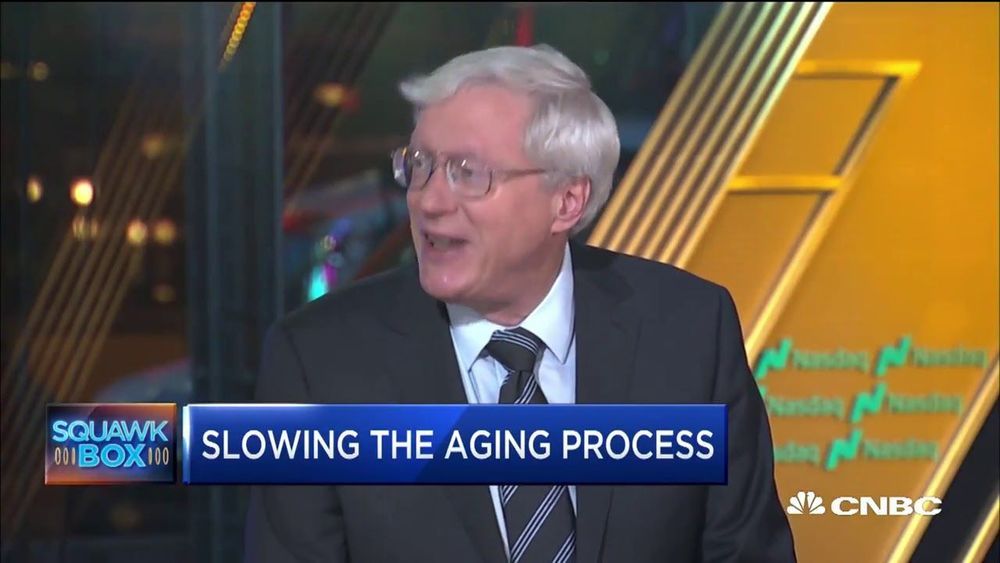“Without all these cords, you feel like, this is my little human that I can pick up and snuggle,” one mom says.


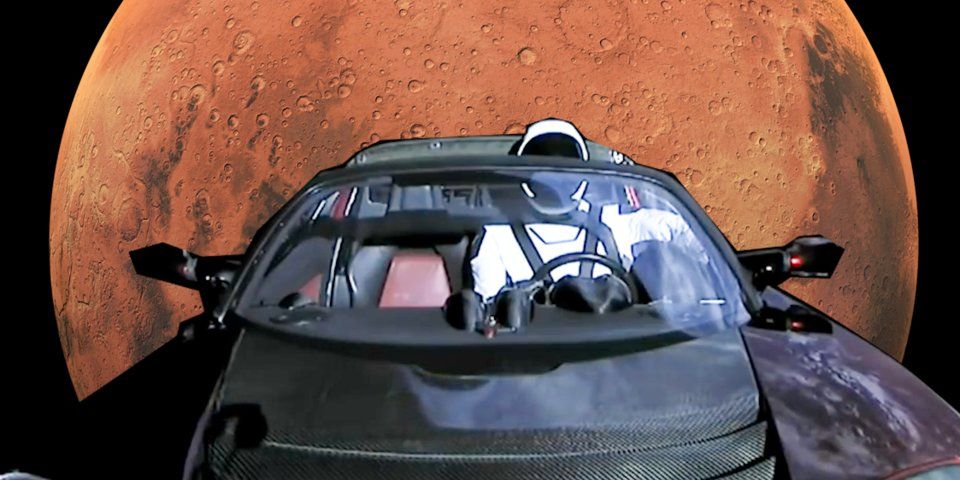

The human eye is an exquisite photodetection system with the ability to detect single photons. The process of vision is initiated by single-photon absorption in the molecule retinal, triggering a cascade of complex chemical processes that eventually lead to the generation of an electrical impulse. Here, we analyze the single-photon detection prospects for an architecture inspired by the human eye: field-effect transistors employing carbon nanotubes functionalized with chromophores. We employ non-equilibrium quantum transport simulations of realistic devices to reveal device response upon absorption of a single photon. We establish the parameters that determine the strength of the response such as the magnitude and orientation of molecular dipole(s), as well as the arrangements of chromophores on carbon nanotubes. Moreover, we show that functionalization of a single nanotube with multiple chromophores allows for number resolution, whereby the number of photons in an incoming light packet can be determined. Finally, we assess the performance prospects by calculating the dark count rate, and we identify the most promising architectures and regimes of operation.
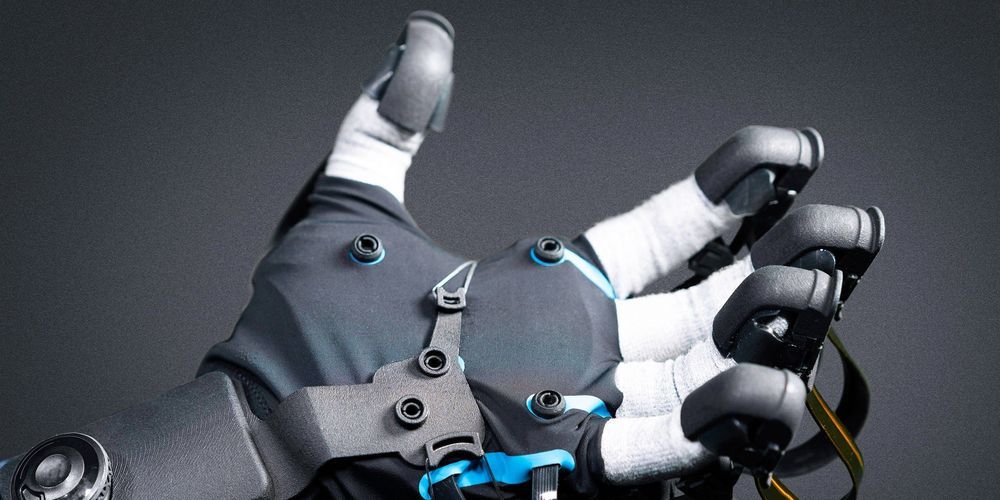
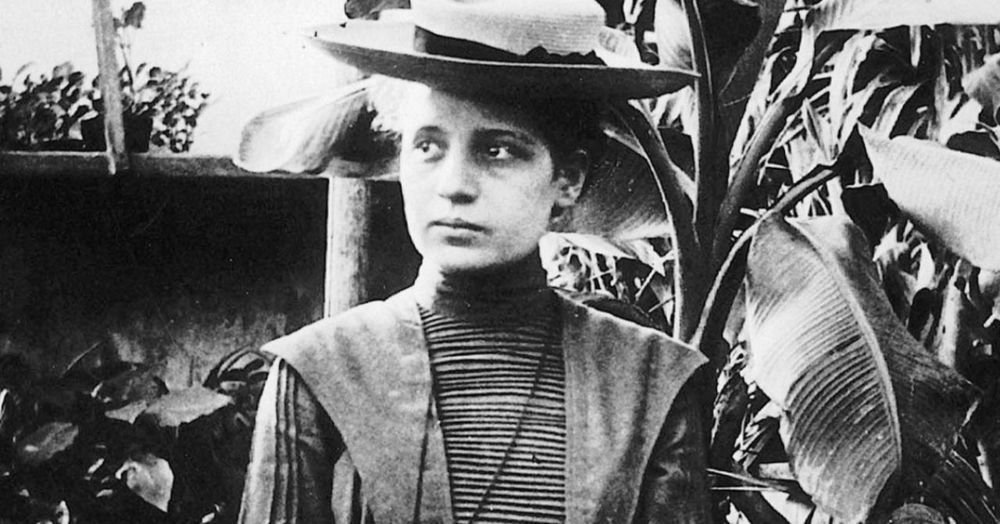
Nuclear fission — the physical process by which very large atoms like uranium split into pairs of smaller atoms — is what makes nuclear bombs and nuclear power plants possible. But for many years, physicists believed it energetically impossible for atoms as large as uranium (atomic mass = 235 or 238) to be split into two.
That all changed on Feb. 11, 1939, with a letter to the editor of Nature — a premier international scientific journal — that described exactly how such a thing could occur and even named it fission. In that letter, physicist Lise Meitner, with the assistance of her young nephew Otto Frisch, provided a physical explanation of how nuclear fission could happen.
It was a massive leap forward in nuclear physics, but today Lise Meitner remains obscure and largely forgotten. She was excluded from the victory celebration because she was a Jewish woman. Her story is a sad one.
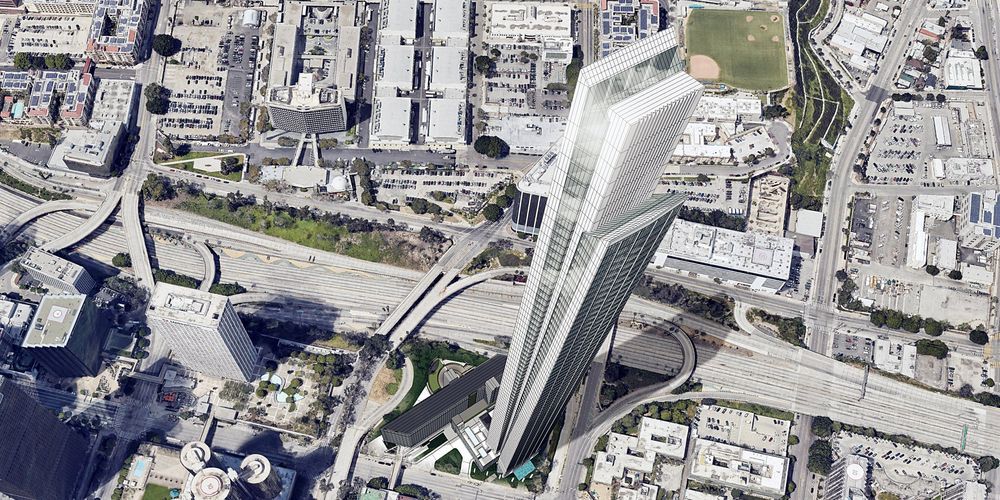
Los Angeles has endured endless criticism for its low-lying slab buildings, flat-topped towers, and mismatched design aesthetics.
In 2013, the former architecture critic at Los Angeles magazine, Greg Goldin, lamented the city’s “dull” and “mediocre” landscape.

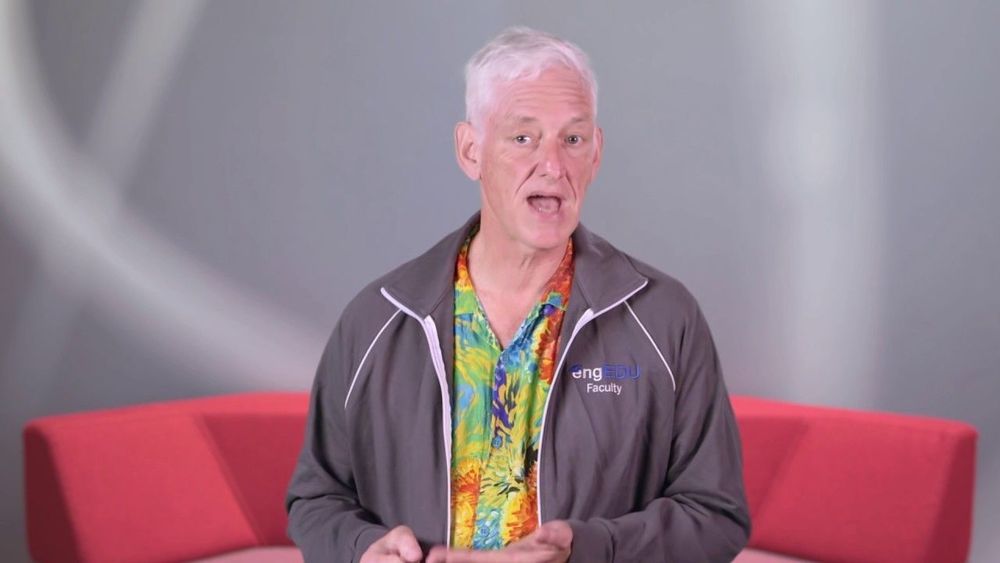
Products Machine Learning Crash Course Courses Crash Course Introduction to Machine Learning This module introduces Machine Learning (ML). Estimated Time: 3 minutesLearning Objectives Recognize the practical benefits of mastering machine learning Understand the philosophy behind machine learning Int…

